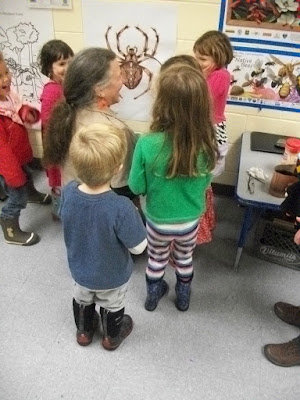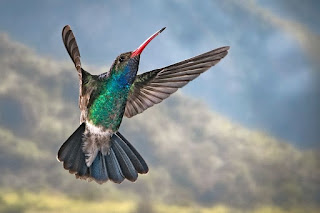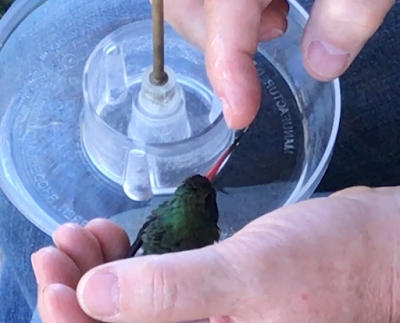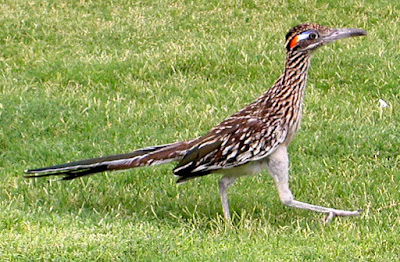Love of Learning

2012 Bats, Owls, Spiders, and Snakes class at Magnuson I've been growing gardens since the mid-1970's and teaching kids and adults about gardening and nature since the mid-1990's. However, one of the best things I've learned along the way is that, no matter how much you already know, there is always much more to learn about these things! I love to learn as well as to teach, and I've already taken 4 hours of online classes this spring. In fact, I'm taking an IslandWood class tomorrow afternoon, and planning to sign up for more! That's why I think now is a great time to take a garden class in the Pacific Northwest Savvy Gardener "Gardening on Slopes" class I'm serious! Whether you are starting a new project or looking for ideas to improve your existing garden areas, learning from garden experts is a great way to get inspired to jump start your spring. The Puget Sound area is a fantastic place to take a garden cl



